Compliance with comfortable conditions and technology of animal content is the first task that stands in front of the owner of the pig-breeding complex. And the most significant factor for ensuring a healthy microclimate inside the farm is high-quality ventilation in pigsty , which according to technical standards must comply with the requirements of growing livestock.
Content
The need to install ventilation
The purpose of developing a business for breeding and keeping pigs is to obtain a healthy livestock, which can be implemented on its market segment. To do this, it is necessary to observe many sanitary standards and rules for animal husbandry, to which the creation of an optimal microclimate in the pigsty. Consider the most important features that are important to comply with to obtain a good result.
- Installation of the ventilation system in the pig complex is a fundamental factor on which the health of the herd, high-quality and quantitative characteristics of the livestock depends.
- The indoor microclimate depends on several components - cooling, ventilation and heating, with a competent adjustment of which you can achieve high levels of control over humidity and temperature inside the complex. This is a necessity, since the excess or disadvantage of such indicators affect the weight, growth, fertility and the general condition of animals.
- It is important not to be mistaken with a choice of type of ventilation, which must be installed on the farm. It is worth considering such factors:
- the volumes of the required supply air, which increase along with an increase in ambient temperature, and in the winter period are sharply reduced;
- the nature of the circulation of air inside the room of the pig complex;
- natural factors - wind speed in the zone where animals are contained. The norm of this indicator is 0.2 m / s in the summer and 0.1 m / s - in winter. At air temperature above 22 ° C, it is necessary to increase the speed indicator to 0.5 and 1.0 m / s, respectively.
Carefully planned ventilation in the pigsty with their own hands is a guarantee of creating the desired microclimate indoors. As a result, the following advantages appear in the process of growing livestock:
- best conversion;
- healthy animals;
- optimal performance of the lead
- saving costs for the power supply of the complex;
- achieving a balance between weather conditions of the external environment and microclimate indoors;
- optimal indicators of humidity and air temperature.
Types of ventilation systems on pig farm
Currently, several types of ventilation in Penarnic are widely used:
- roof ventilation;
- transverse;
- longitudinal;
- roof diffuse;
- tunnel.
The design of any of the above systems requires careful development, calculating the effectiveness, comparative assessment of ventilation volumes on a water pair and carbon dioxide, as well as many other factors. At the same time, it is necessary to repel from the type of object, the place where it is located, the dimensions and the number of livestock.
Roof ventilation complex
Standard pigsty, whose photo can often be seen on animals, equipped with roof ventilation. The principle of operation is based on the use of natural factor - wind power, due to which the cost of the cost of the owner is ensured. Venting is carried out due to the circulation of air at the supply valves, which are located on the side sides of the pig farm building. Also the valve is on roofing. With this type of climate system, the installation of fans is not required.
Transverse ventilation
This method is based on the use of natural ventilation of the room. As in the first case, the circulation is provided by the supply air, but the auxiliary role is assigned to ventilation settings. The process of the extraction of air masses is by means of fans installed on one side of the pig farm. So the air comes from the street and passes through the valves that are placed on the opposite side of the ventilation plants. In such a type of ventilation, a special adjustment mechanism is provided, the action of which will allow you to control the speed of rotation of the fans.
Longitudinal ventilation technology
This type of ventilation system is largely similar to the previous one, but the main difference is that the supply valves are placed on the end sides of the pig complex, due to which the air circulation occurs along the room. The efficiency of such ventilation depends largely on the strength and direction of natural traction, as well as the piston effect of the installation. To improve performance, it is recommended to use reversing type fans that allow you to change the direction of air supply depending on the situation in the tunnel.
Roof diffuse ventilation
This technique is based on the principle of natural air inflow, but the forced air supply is provided by setting small side windows. Their position can be adjusted in the desired position and proceed to the operation of exhaust ventilation plants. Thus, the optimal parameters of the microclimate inside the complex are achieved.
Tunnel type ventilation
This type of pig farm ventilation is based on the principle of air penetration inside by means of blinds, which are placed on the opposite side of the ventilation unit. With such a design, the air moves, as if the tunnel. Fans are moving to the operating mode if the wind speeds and strength are not enough for a full-fledged inflow and ensuring microclimate parameters.
Review of ventilation manufacturers
To identify key parameters, how to make ventilation in the pigsty, it is necessary to take into account the reputation of the equipment manufacturer, since the qualitative characteristics of the air conditioning system depend on it. Consider more detailed features of products from leading suppliers.
Valco system systems
- The Valco Dutch manufacturer offers ventilating systems that use wall-mounted vents with a protective grid as a supply device.
- The manufacturer also supplies a wide range of ventilation plants mounted on the side walls of the room. Models differ in engine power, size of housing, type and performance.
- In addition, the company implements systems that allow you to eliminate excess heat through a tunnel effect. This technique uses inlet blinds equipped with an individual servomotor.
Systems of SKOV.
- Danish manufacturer SKOV offers products that are featured by aerodynamic design. Such exhaust mines make it possible to reduce operating costs and increase the efficiency of ventilation equipment.
- Climatic installations are equipped with Multistep ® control system, which ensures energy efficiency in operation by 50-70%.
- The distinctive characteristic of the supply valves from SKOV consists in the presence of a steep corner of the flap, so that the air flow is sent to the ceiling at a minimum level of ventilation. In addition, such a valve can be equipped with a special supervision controller of the wind, which significantly facilitates the maintenance of pig farms in an overly windy region.
WEDA system systems
- The German manufacturer of WEDA offers products, a distinctive feature of which is the presence of a climate regulator. This device allows you to monitor the degree of ventilation of the farm room, its cooling and heating.
- Systems also provide for the installation of a suspended ceiling on the pig complex, due to which the air can evenly spread over the entire area, regardless of the leading device .
- Exhaust pipes of this manufacturer are characterized by increased performance with minimal energy consumption, and ventilation equipment is famous for sacchability in operation and a significant resource.
GENERAL RECOMMENDATIONS FOR RANGEMENT AND PIGTERSPLEXES are presented on video:

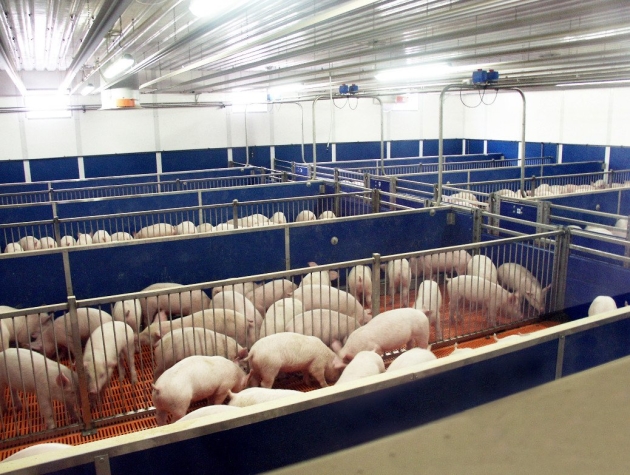
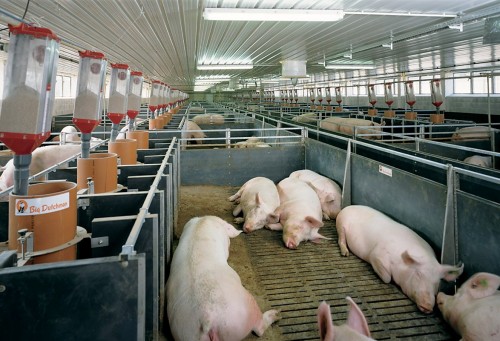
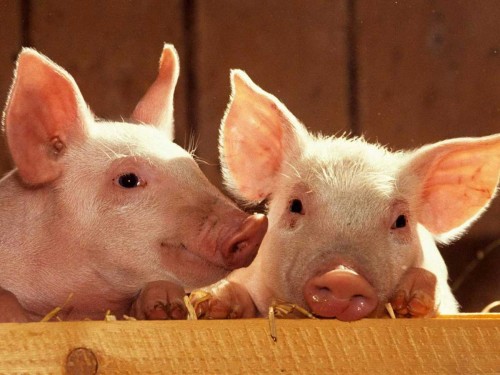
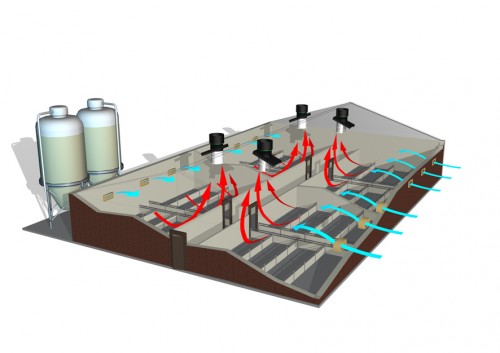
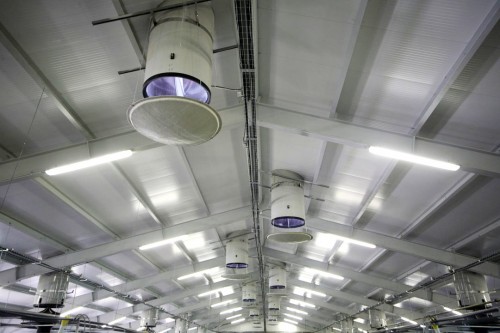
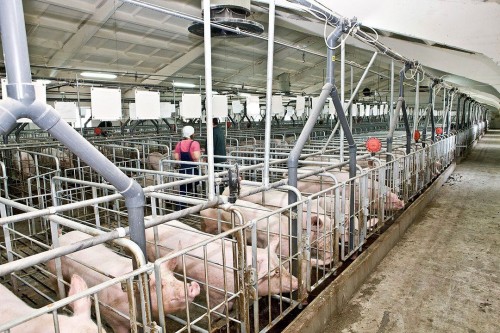
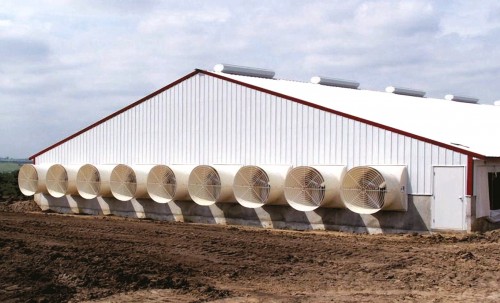
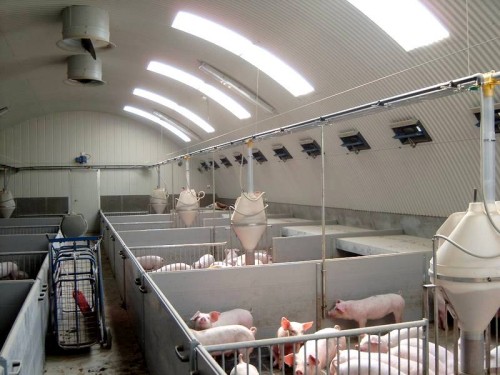
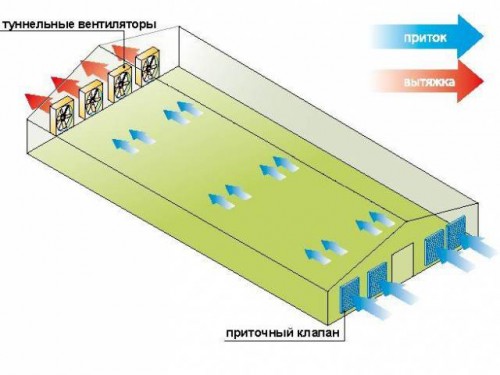
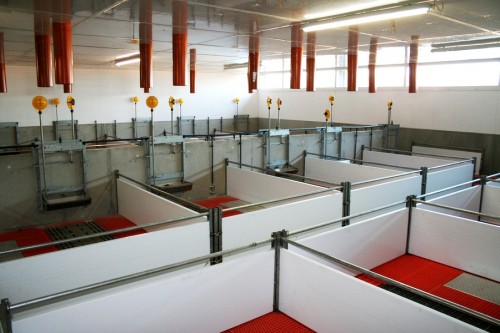
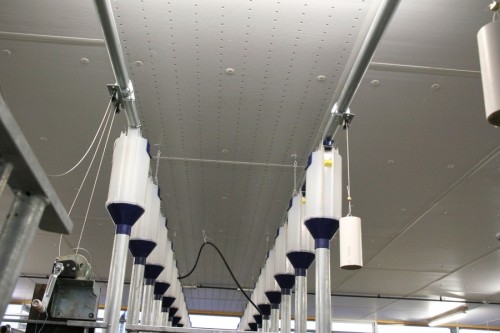

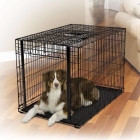
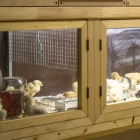
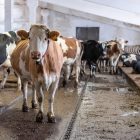
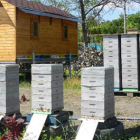
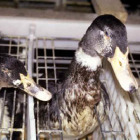
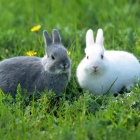

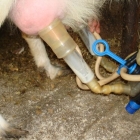
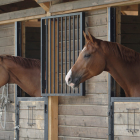
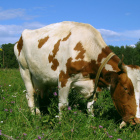
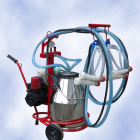
 Start a discussion ...
Start a discussion ...